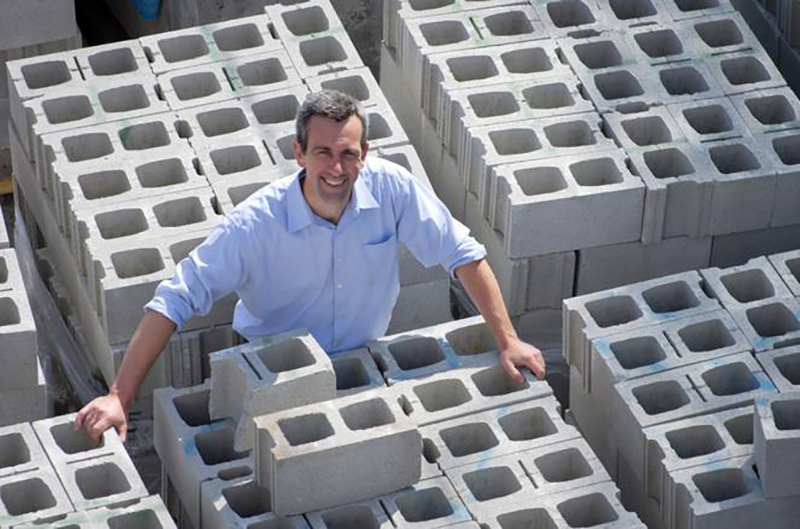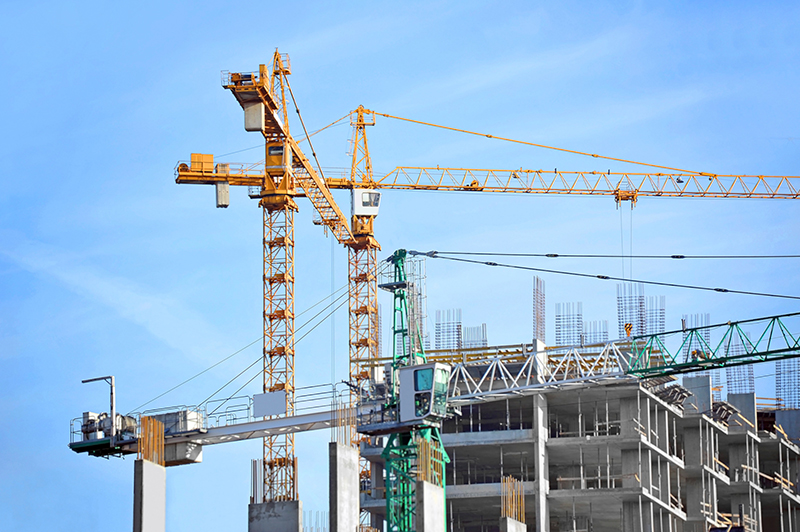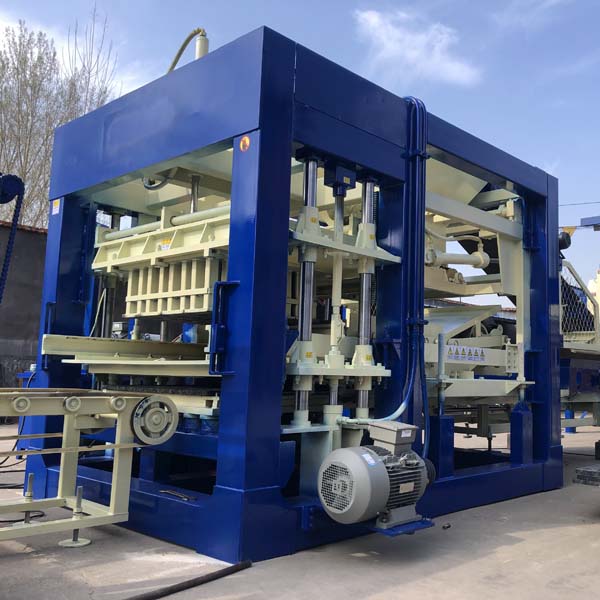
In the rapidly evolving landscape of construction, developed nations are witnessing a transformative wave with the integration of semi-automatic brick making machines. This technology, blending traditional craftsmanship with modern automation, is reshaping the way buildings are constructed, offering unparalleled efficiency, sustainability, and innovation.
The Role and Growth of Semi-Automatic Brick Making Machines in Developed Nations
The Evolution of Construction Technology:
Developed countries, often at the forefront of technological innovation, have embraced semi-automatic brick making machines as a cornerstone in the evolution of construction practices. This sophisticated equipment optimizes traditional brick-making processes, contributing to a more streamlined, cost-effective, and environmentally conscious approach to building.
Efficiency Redefined:
At the heart of the transformation lies the efficiency that semi-automatic brick making machines bring to construction projects. These machines offer a seamless production process, delivering bricks with consistent quality that surpass industry standards. In developed nations where time is of the essence, this technology has become a catalyst for meeting the demands of rapid construction without compromising precision.
Economic Advantages in Developed Settings:
The integration of semi-automatic brick making machines in developed nations introduces a harmonious synergy of economics and ingenuity. By optimizing manufacturing processes, these machines significantly reduce production costs, making high-quality bricks more accessible. This economic advantage has a ripple effect, providing cost-effective solutions not only for manufacturers but also for builders and developers engaged in construction projects.

Environmental Stewardship in Developed Landscapes:
Environmental consciousness is a hallmark of developed nations, and semi-automatic brick making machines align seamlessly with this ethos. With reduced energy consumption and the ability to utilize locally sourced materials, these machines minimize their environmental footprint. The resulting bricks are not only durable and efficient but also contribute to sustainable building practices, aligning with the developed world’s commitment to green construction.
Versatility for Diverse Architectural Needs:
Developed nations boast diverse architectural landscapes, and semi-automatic brick making machines excel in adapting to these varied needs. From residential projects to large-scale infrastructure developments, these machines provide builders and architects with a reliable, flexible solution. The adaptability of the technology ensures that it complements a range of architectural styles, meeting the dynamic requirements of developed settings.
A Glimpse into the Future:
Embracing semi-automatic brick making machines in developed nations offers a preview of the future of construction. This technology represents not just a change in the way bricks are produced but a holistic transformation of the entire construction industry. With each brick, developed nations are paving the way for a more sustainable, efficient, and innovative approach to building.
Empowering Builders in Developed Landscapes:
Builders in developed nations now have a powerful ally in semi-automatic brick making machines. These machines not only meet but exceed industry standards, empowering builders to construct with confidence. The result is not just structures; it’s a transformation of landscapes, a testament to the possibilities of merging tradition with cutting-edge technology.
In conclusion, the integration of semi-automatic brick making machines in developed nations symbolizes a paradigm shift in construction methodologies. It reflects a commitment to efficiency, sustainability, and innovation, setting the stage for a future where every brick laid is a testament to the progressive spirit of the developed world.
